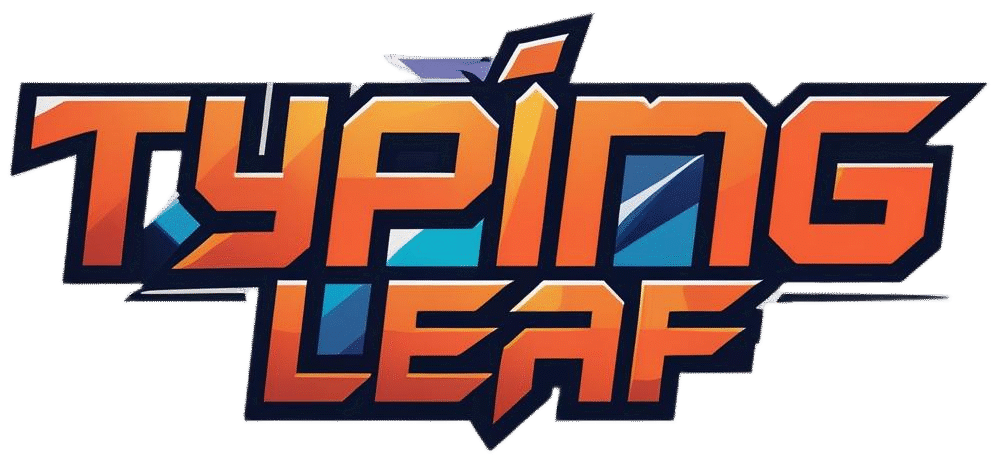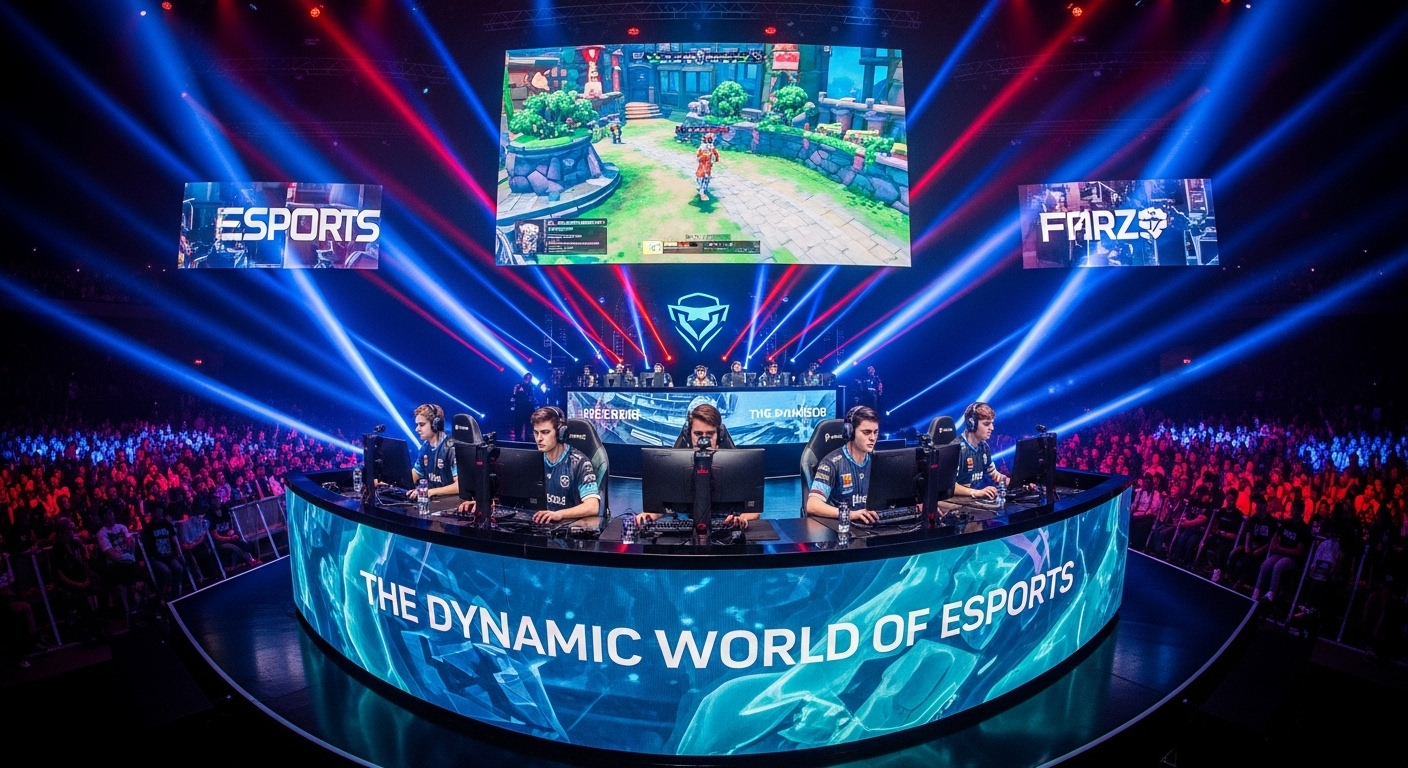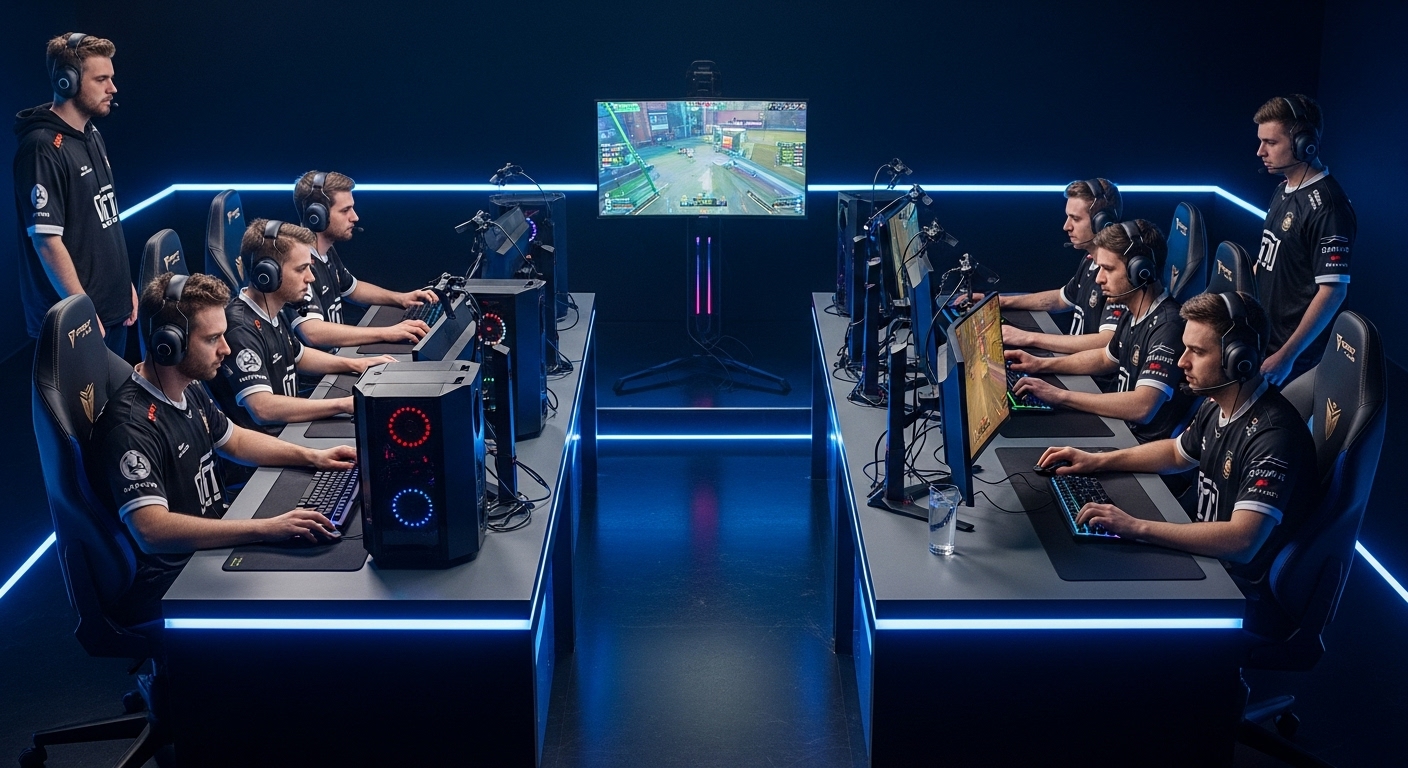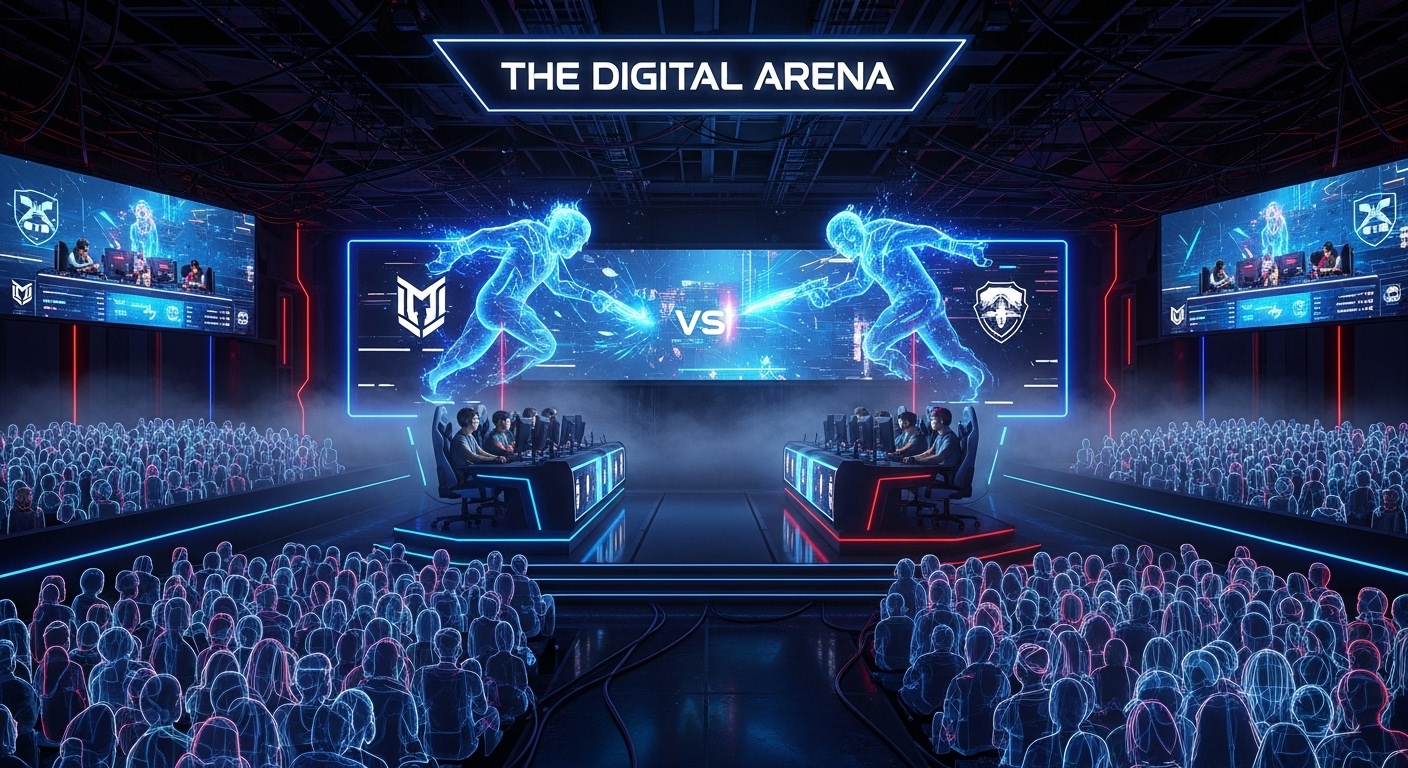Introduction
Over the past two decades, the world has witnessed a monumental shift in the way people engage with competitive entertainment. Once limited to stadiums filled with fans cheering for traditional sports teams, the new millennium introduced a digital battleground where players compete not with physical prowess, but with strategy, reflexes, and skill. This phenomenon is known as Esports—a term derived from “electronic sports.” What began as a niche hobby in gaming communities has evolved into a billion-dollar industry attracting millions of viewers, professional players, sponsors, and investors around the globe.
Esports is no longer a pastime for enthusiasts; it has become a legitimate form of competition, complete with global tournaments, massive prize pools, and professional teams. From small LAN parties in basements to grand stages in world arenas, the journey of Esports is one of technological innovation, cultural transformation, and passionate dedication.
The Origins of Esports
Early Beginnings in the 1980s and 1990s
The roots of Esports can be traced back to the early 1980s, when competitive gaming first took shape with arcade tournaments. Games like Space Invaders and Pac-Man set the stage for high-score competitions, attracting players eager to prove their dominance. One of the earliest recorded gaming tournaments, the Space Invaders Championship in 1980, drew over 10,000 participants across the United States. Although the term “Esports” didn’t exist at the time, the spirit of competition was already alive.
The 1990s saw the emergence of PC gaming and multiplayer networks. Titles like Doom, Quake, and StarCraft became the foundation for online competitive gaming. LAN (Local Area Network) parties became popular, where players would bring their computers together for intense multiplayer sessions. These gatherings were the early seeds of what would later grow into organized Esports events.
The Rise of Online Multiplayer Games
With the introduction of broadband internet, online multiplayer gaming became accessible to more people. Games like Counter-Strike, Warcraft III, and StarCraft: Brood War gained massive followings, particularly in South Korea, which would soon become the epicenter of global Esports. The development of dedicated servers, ranking systems, and online leaderboards further fueled competitive engagement.
South Korea’s early adoption of high-speed internet and its government’s support for gaming culture played a pivotal role. The country established professional gaming leagues, built dedicated Esports arenas, and treated top players as celebrities. By the early 2000s, Esports had already become a mainstream phenomenon in Asia, setting the model for the rest of the world.
The Evolution of Esports into a Global Industry
The 2000s: From Niche to Mainstream
The early 2000s marked the formalization of Esports. Organizations like Major League Gaming (MLG) in North America and the World Cyber Games (WCG) began hosting international tournaments. These events attracted players from around the world, competing for recognition and monetary rewards. Titles such as Halo, Counter-Strike 1.6, and Warcraft III dominated the scene, and the idea of “professional gaming” started to gain credibility.
As technology improved, so did production quality. Live commentary, broadcast setups, and sponsorships brought Esports closer to traditional sports in terms of presentation. Corporations began to recognize the marketing potential of gaming audiences, which were primarily composed of younger, tech-savvy consumers.
Streaming Revolution and Social Media Influence
The late 2000s and early 2010s brought an even more transformative change—the rise of streaming platforms. Services like Twitch, YouTube, and later Facebook Gaming provided players with the ability to broadcast their gameplay to millions of viewers worldwide. This democratization of broadcasting allowed anyone with talent and personality to build a fanbase.
Streaming turned Esports from an exclusive event-based phenomenon into a continuous, everyday entertainment experience. Players no longer had to wait for tournaments to enjoy competitive play; they could watch their favorite streamers and professional players practice, interact with fans, and share tips in real time. This development also led to the creation of “Esports influencers,” bridging the gap between competition and entertainment.
Major Esports Titles That Shaped the Industry
League of Legends
Few games have had as profound an impact on Esports as League of Legends. Released by Riot Games in 2009, it quickly became one of the most played and watched Esports titles globally. The game’s annual World Championship attracts millions of viewers, with production values rivaling those of major sporting events. Riot’s structured approach, with regional leagues and professional organizations, has become a model for other Esports ecosystems.
Dota 2
Valve’s Dota 2, released in 2013, elevated the scale of Esports prize pools with The International—an annual championship event funded largely by the game’s community through in-game purchases. The International regularly features multi-million-dollar prize pools, breaking records and showcasing the economic power of Esports fandom.
Counter-Strike: Global Offensive
Counter-Strike has been the cornerstone of competitive first-person shooters for over two decades. Its tactical depth, team-based coordination, and high skill ceiling have made it a fan favorite. Counter-Strike: Global Offensive (CS:GO) became one of the most-watched Esports titles, with major tournaments drawing global audiences and producing some of the most iconic players in gaming history.
Fortnite and the New Generation
In 2017, Fortnite revolutionized both gaming and Esports with its free-to-play model and unique battle royale format. Its blend of building mechanics and shooting made it distinct from previous games, while its colorful visuals and accessible gameplay attracted players of all ages. The Fortnite World Cup in 2019 offered a staggering $30 million in prize money, setting new standards for Esports payouts.
Other Notable Titles
Games such as Overwatch, Call of Duty, Valorant, and Rocket League have each built dedicated competitive communities. Each title brings something unique—whether it’s team-based strategy, mechanical precision, or creative flair. Together, they form the rich tapestry of the Esports ecosystem.
The Professionalization of Esports
Formation of Teams and Leagues
Today, Esports organizations operate much like traditional sports teams. They have coaches, analysts, managers, and training facilities. Players sign contracts, receive salaries, and often have endorsement deals. Teams such as Fnatic, Team Liquid, T1, and Cloud9 are household names within the gaming world, boasting international rosters and millions of fans.
The creation of franchise-based leagues, such as the Overwatch League and the League of Legends Championship Series, marked another step toward legitimacy. These leagues introduced standardized structures, salary minimums, and geographic representation, echoing models used in sports like basketball or soccer.
Esports Organizations and Sponsorships
Brands from outside the gaming industry—ranging from automotive companies to energy drinks—now invest heavily in Esports. Sponsorship deals, merchandise sales, and media rights have become major revenue streams. The appeal lies not only in the massive audiences but also in the cultural influence of gamers, who shape online trends and consumer habits.
Esports Viewership and Global Appeal
Massive Audiences Across Platforms
Esports has achieved audience numbers that rival or surpass traditional sports events. For instance, the League of Legends World Championship consistently draws tens of millions of concurrent viewers. The accessibility of online platforms means that fans from any part of the world can watch matches live without the limitations of television broadcasting.
Unlike traditional sports, where geography often determines fan allegiance, Esports fandom is global and digital. A player in Brazil may support a Korean team, while a fan in Germany might cheer for an American organization. The universal language of gaming bridges cultural and linguistic barriers.
Regional Differences and Growth
While Asia remains the heart of Esports, other regions have rapidly caught up. North America and Europe host some of the largest tournaments and organizations, while Latin America, the Middle East, and Africa are emerging as new frontiers. Governments in countries like China and Saudi Arabia have begun investing heavily in Esports infrastructure, recognizing its potential for tourism, youth engagement, and economic growth.
The Cultural Impact of Esports
Changing Perceptions of Gaming
Not long ago, gaming was often dismissed as a hobby or even a distraction. Today, professional gamers are seen as athletes who train rigorously, analyze gameplay, and maintain strict schedules. Universities now offer scholarships for Esports players, and some schools include gaming as part of their extracurricular programs.
The mainstream acceptance of Esports has also helped challenge stereotypes about gamers. No longer confined to basements or arcades, gaming is celebrated on global stages with bright lights, roaring crowds, and televised broadcasts.
The Role of Diversity and Inclusion
As the Esports industry matures, it has begun to address issues of diversity and inclusion. Efforts are being made to promote female players, expand representation, and create welcoming environments for all participants. Tournaments dedicated to women, such as Valorant Game Changers, showcase the growing inclusivity of the scene.
Additionally, accessibility in gaming is improving, allowing players with disabilities to compete and participate through adaptive technologies. Esports, being digital at its core, holds the potential to be one of the most inclusive forms of global competition.
Challenges Facing the Esports Industry
Player Burnout and Mental Health
Professional gaming, while glamorous from the outside, is an intense career. Players often practice 10 to 12 hours a day, constantly analyzing strategies and maintaining peak performance. This demanding lifestyle can lead to burnout, stress, and mental health challenges. Unlike traditional sports, the career span of an Esports player is often short—many retire in their early twenties.
The industry has started recognizing these issues, with organizations introducing wellness programs, psychologists, and mandatory breaks. The conversation around mental health is gaining prominence, promoting healthier work-life balance within Esports.
Cheating and Integrity Issues
With the growth of prize pools and fame, maintaining fair competition is critical. Cheating, match-fixing, and performance-enhancing software have occasionally tarnished the reputation of Esports. Tournament organizers and developers now employ advanced anti-cheat systems, strict regulations, and investigation units to uphold integrity.
Sustainability and Economic Balance
Despite the massive popularity, Esports faces financial challenges. Not every organization or tournament is profitable, and the industry relies heavily on sponsorship and media rights. As Esports matures, finding sustainable business models that balance entertainment value with profitability remains a key challenge.
The Future of Esports
Integration with Traditional Sports
The lines between Esports and traditional sports are blurring. Major sports franchises such as the NBA, FIFA, and Formula 1 have launched their own Esports divisions, allowing fans to engage with their favorite games virtually. These collaborations enhance fan experiences and introduce gaming to new audiences.
Moreover, hybrid events that combine physical and digital competitions are emerging. Concepts like virtual racing, drone sports, and augmented reality tournaments showcase the potential of blending Esports with real-world athletics.
Technological Advancements
The future of Esports will be shaped by innovations in technology. Virtual Reality (VR) and Augmented Reality (AR) are expected to create more immersive competitive experiences. Cloud gaming, enabled by faster internet speeds, will make high-performance games accessible to players without expensive hardware.
Artificial Intelligence will also play a role in analyzing player performance, optimizing strategies, and enhancing viewer engagement through real-time insights.
Educational and Career Opportunities
Beyond playing professionally, Esports has opened numerous career paths. Commentators, coaches, analysts, event organizers, and content creators form an entire ecosystem around competitive gaming. Universities now offer degrees in game design, Esports management, and broadcasting, preparing the next generation of professionals.
Conclusion
The story of Esports is one of passion, innovation, and transformation. What began as informal competitions between friends has grown into a global spectacle that unites millions across cultures and continents. It represents the spirit of the digital age—interactive, inclusive, and constantly evolving.
Esports is more than just gaming; it is a celebration of human creativity, strategy, and perseverance. It challenges traditional notions of competition and entertainment, proving that athleticism can exist in both physical and digital forms. As technology advances and new generations embrace this digital frontier, the future of Esports appears brighter than ever.
From packed arenas to millions watching online, Esports stands as a testament to how far gaming has come—and how much further it can go. Whether you are a casual gamer, a die-hard fan, or a curious observer, one thing is clear: Esports has firmly secured its place as one of the defining movements of the 21st century.



